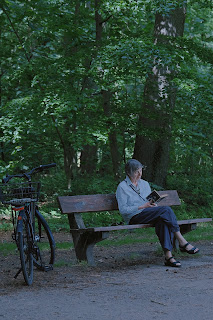Self-Care: Finding the right Fuel for your Tank

Self-care is a word that is thrown around a lot these days, it’s important to know what it means and how to act on it. An analogy that is usually used is that when your emotional gas tank is on E, self-care is what refuels your tank . But self-care can be different for each individual and connecting to what it means to you personally. Here is a different way to think differently about self-care and ways of implementing it into your life, so you can find the right fuel for your tank . What is self-care? Self-care is doing small actions or activities which are connected to specific personal values . When is self-care needed? Self-care can be used at any time, and should be implemented on a daily and weekly basis in order to maintain wellbeing. Having extensive burnout or exhaustion Prolonged feelings of anxiety, depression, or anger Extreme difficulties with making major decisions Challenges finding direction in life What are values? Values are the deeply held views and v...





